2020 Voter Turnout Was the Highest the U.S. Has Seen in Over a Century
An estimated two-thirds of eligible Americans voted this year.
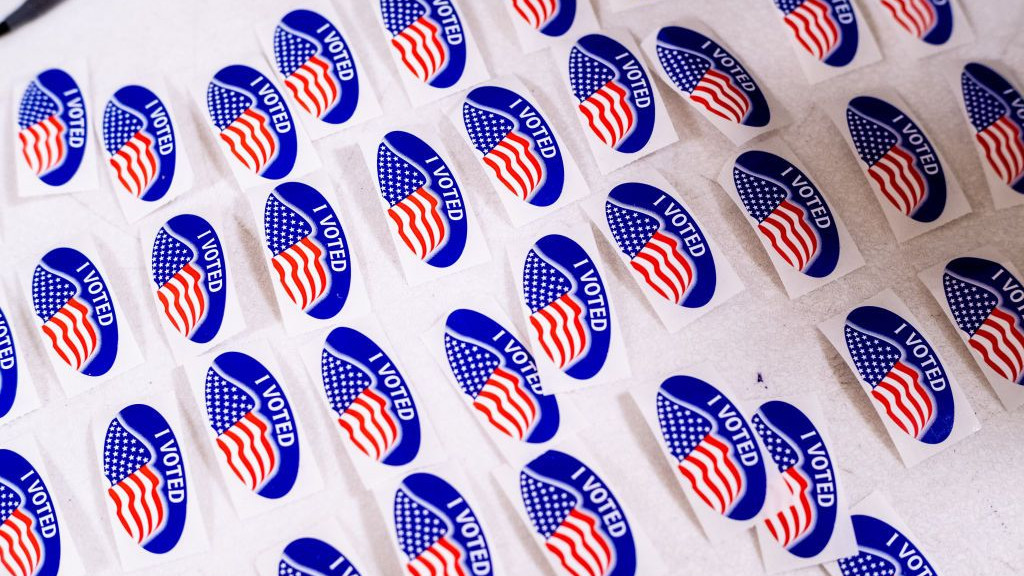

Antithetical as it may seem in a nation so politically divided and so proud of its democratic ideals, the U.S. has earned a reputation in recent years for lagging behind most other developed nations in voter turnout. In fact, despite the fact that voting remains one of the most direct ways for us to hold those in power to account and make incremental sociopolitical change, turnout levels have dipped as low as barely 50 percent of eligible voters in some presidential elections of the last 40 years.
2020, though, has a way of flipping long-held practices, beliefs, and systems on their heads—and the remarkably high numbers of votes cast in this year's election may mark one of the few times that's actually been a good thing. According to Michael McDonald, an associate professor of political science at the University of Florida who runs the U.S. Elections Project, voter turnout in 2020 is on track to reach levels we haven't seen since the 1900 presidential race, when William McKinley was up for re-election.
Here's everything we know so far about voter turnout in 2020, including where, exactly, those boosted numbers came from, and how record numbers of early and mail-in votes came into play.
How does voter turnout in 2020 compare to recent years?
About 160 million Americans are estimated to have cast their votes this year, bringing voter turnout to more than 66 percent of the nation's 239.2 million eligible voters, according to McDonald's data. This is a significant jump from the last few decades' worth of presidential elections: Turnout has only cracked 60 percent a handful of times since 1968—and just barely, with 2008 clocking the highest turnout in that time period, at 61.6 percent. In 2016, 60.1 percent of eligible voters headed to the ballot boxes.
This year's estimated 66 percent voter turnout rate tops anything we've experienced in the last century. The last time this big of a proportion of eligible Americans took advantage of their right to vote came when massive swaths of the country didn't have that right at all. The 1900 election saw a voter turnout rate of more than 73 percent—nearly two decades before women won the right to vote, and even longer before the landmark Voting Rights Act of 1965 secured protections for BIPOC voters. Interestingly, that 73.7 percent turnout rate in 1900 was actually part of a downward trend in turnout following a peak of almost 83 percent in 1876, per the U.S. Elections Project.
Where did voter turnout see the biggest gains in 2020?
Though we won't have demographic voter data for a while, we do have a good idea of how many people voted in each state. According to Bloomberg News, turnout surged from 2016 levels in 42 states. Of these, Minnesota, Colorado, and New Hampshire reportedly posted the highest individual turnout rates, with 80.7, 77.6, and 76.5 percent, respectively.
The biggest jump was recorded in Hawaii, where turnout grew from about 43 percent of eligible voters in 2016 to more than 56 percent in 2020. Rounding out the rest of the top 10 states that saw the most positive growth from the last presidential election were several battleground states, including Texas, Georgia, Michigan, and Florida, each of which saw turnout growth of more than 8 percentage points.
Stay In The Know
Get exclusive access to fashion and beauty trends, hot-off-the-press celebrity news, and more.
How did early and mail-in voting affect 2020 turnout?
The ongoing COVID-19 pandemic sent record numbers of Americans looking for alternatives to in-person Election Day voting. As a result, early voting this year (which encompasses mail-in and absentee ballots, as well as in-person voting prior to Nov. 3) shattered all previous records. More than 101 million voters cast their ballots early this year, per U.S. Elections Project data.
That's not only more than double the number of Americans who voted early in 2016, but also a whopping 73 percent of 2016's total turnout, Bloomberg News reports. In fact, the U.S. Elections Project found that early vote counts in Hawaii, Texas, Washington, Oregon, Montana, and Colorado ultimately exceeded each state's total 2016 turnout.
So, why was turnout so high?
It's hard to say what, exactly, prompted 2020's historic levels of voter turnout, but a multitude of factors likely contributed. For one, in spite of COVID-induced USPS slowdowns and a sitting president who attempted to sow doubt in the legitimacy of voting by mail, the increased availability and information about mail-in and absentee ballots made voting simpler than usual for many Americans this year.
This ease of voting probably played a major role in speeding up the steady upward climb we've seen in voter turnout in the years following the 2000 election. As Time notes, that election massively escalated political tensions and polarization, which has led to fewer undecided voters, increased voter mobilization by political parties and advocacy groups, and, therefore, more voters heading to the ballot boxes to support their chosen candidate.
Finally, to put it very simply, far more Americans than usual actually cared about the results of this election. An August 2020 Pew Research poll of registered voters found that 83 percent feel it "really matters" who wins the presidency, with Democrats and Republicans agreeing to an almost identical degree. This number was the highest ever in Pew's 20 years of surveys, and marked yet another sizable jump from 2016, when 74 percent of registered voters said the outcome of Donald Trump and Hillary Clinton's contest mattered. Taking suggestions now for ways to make sure all Americans care just as much about all future elections—since a wholly engaged electorate is the key to a functioning democracy.
Andrea Park is a Chicago-based writer and reporter with a near-encyclopedic knowledge of the extended Kardashian-Jenner kingdom, early 2000s rom-coms and celebrity book club selections. She graduated from the Columbia School of Journalism in 2017 and has also written for W, Brides, Glamour, Women's Health, People and more.
-
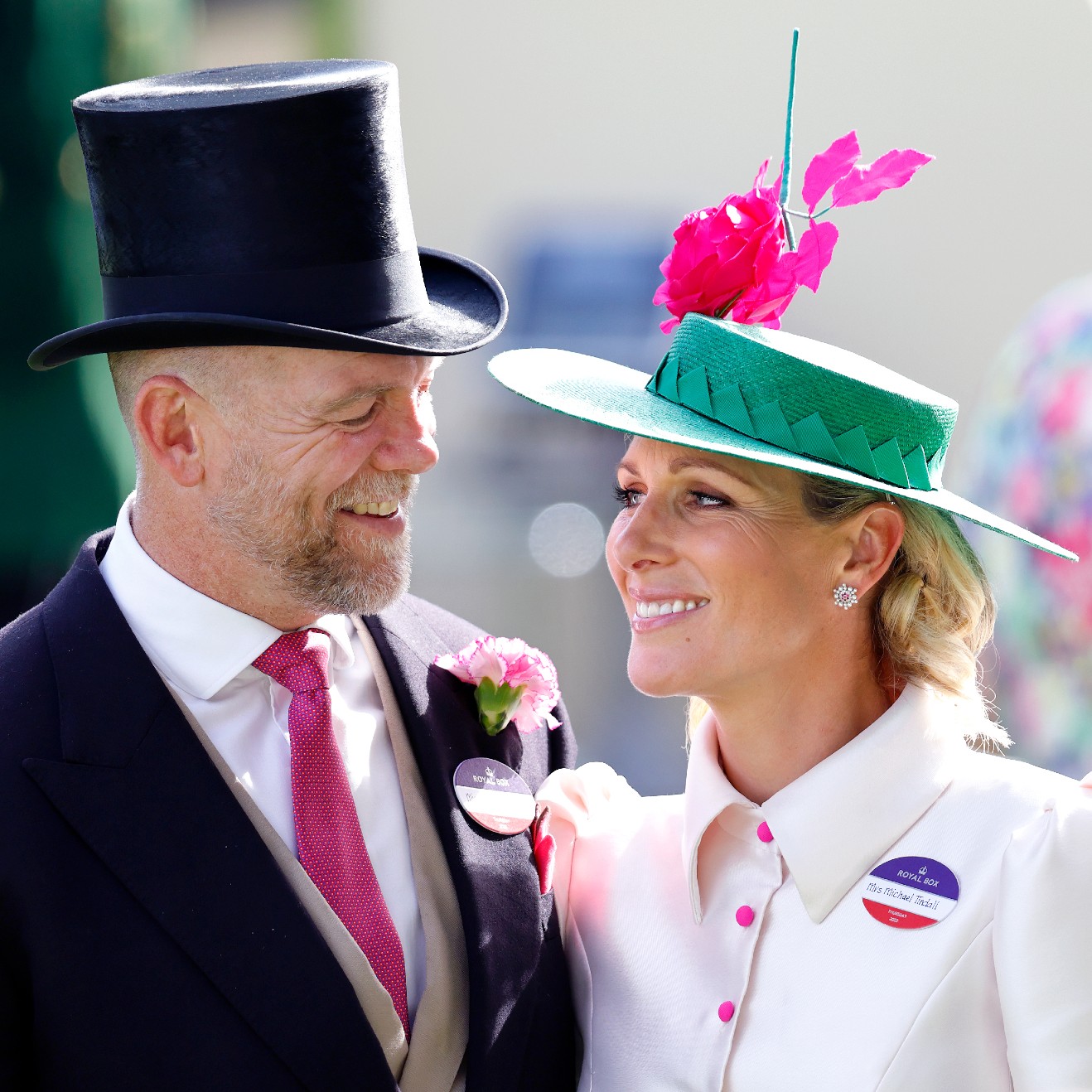 Princess Anne's Unexpected Suggestion About Mike Tindall's Nose
Princess Anne's Unexpected Suggestion About Mike Tindall's Nose"Princess Anne asked me if I'd have the surgery."
By Amy Mackelden Published
-
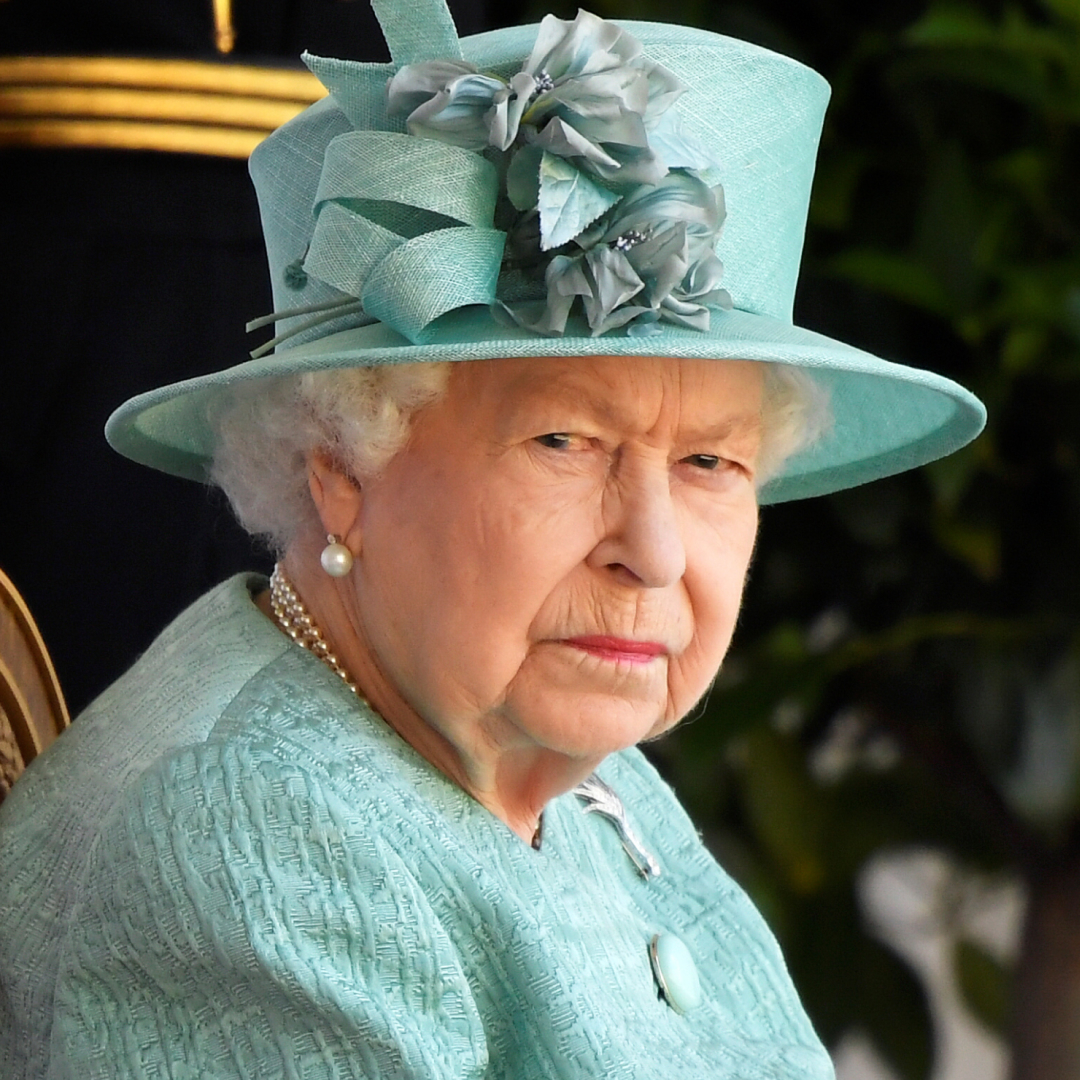 Queen Elizabeth's "Disapproving" Royal Wedding Comment
Queen Elizabeth's "Disapproving" Royal Wedding CommentShe reportedly had lots of nice things to say, too.
By Amy Mackelden Published
-
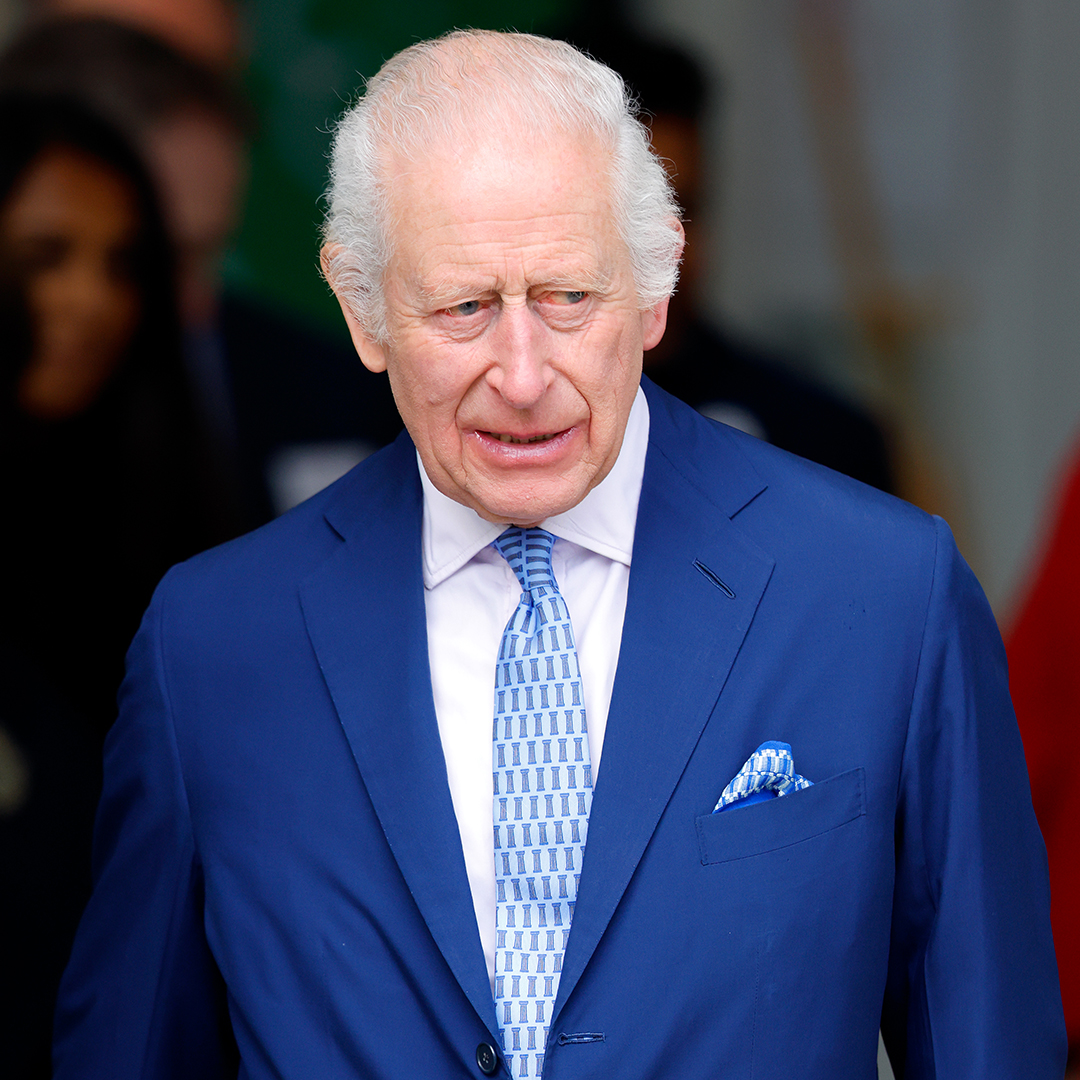 Palace Employees "Tried" to Get King Charles to "Slow Down"
Palace Employees "Tried" to Get King Charles to "Slow Down""Now he wants to do more and more and more. That's the problem."
By Amy Mackelden Published
-
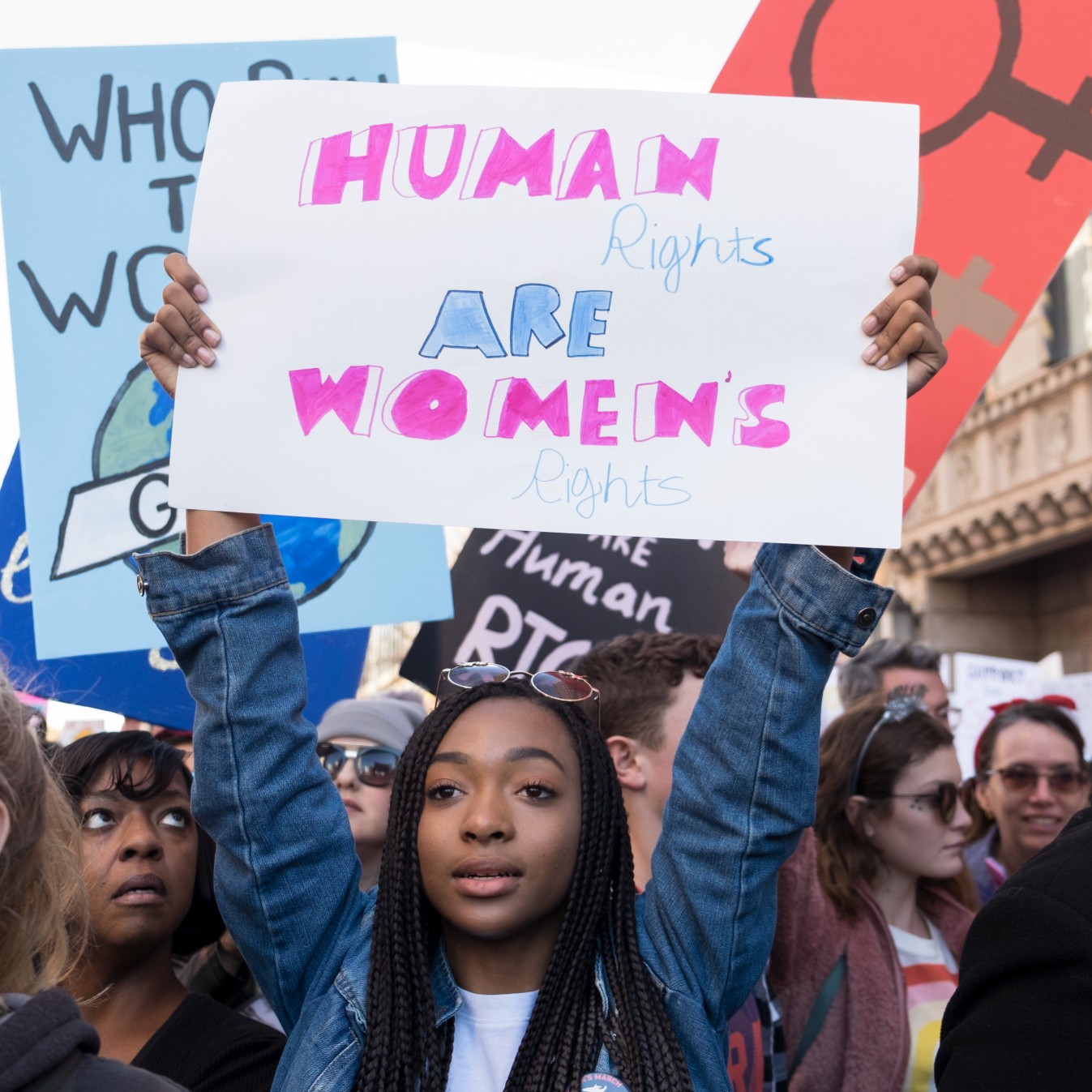 36 Ways Women Still Aren't Equal to Men
36 Ways Women Still Aren't Equal to MenFeatures It's just one of the many ways women still aren't equal to men.
By Brooke Knappenberger Last updated
-
 How New York's First Female Governor Plans to Fight for Women If Reelected
How New York's First Female Governor Plans to Fight for Women If ReelectedKathy Hochul twice came to power because men resigned amid sexual harassment scandals. Here, how she's leading differently.
By Emily Tisch Sussman Last updated
-
 Why the 2022 Midterm Elections Are So Critical
Why the 2022 Midterm Elections Are So CriticalAs we blaze through a highly charged midterm election season, Swing Left Executive Director Yasmin Radjy highlights rising stars who are fighting for women’s rights.
By Tanya Benedicto Klich Published
-
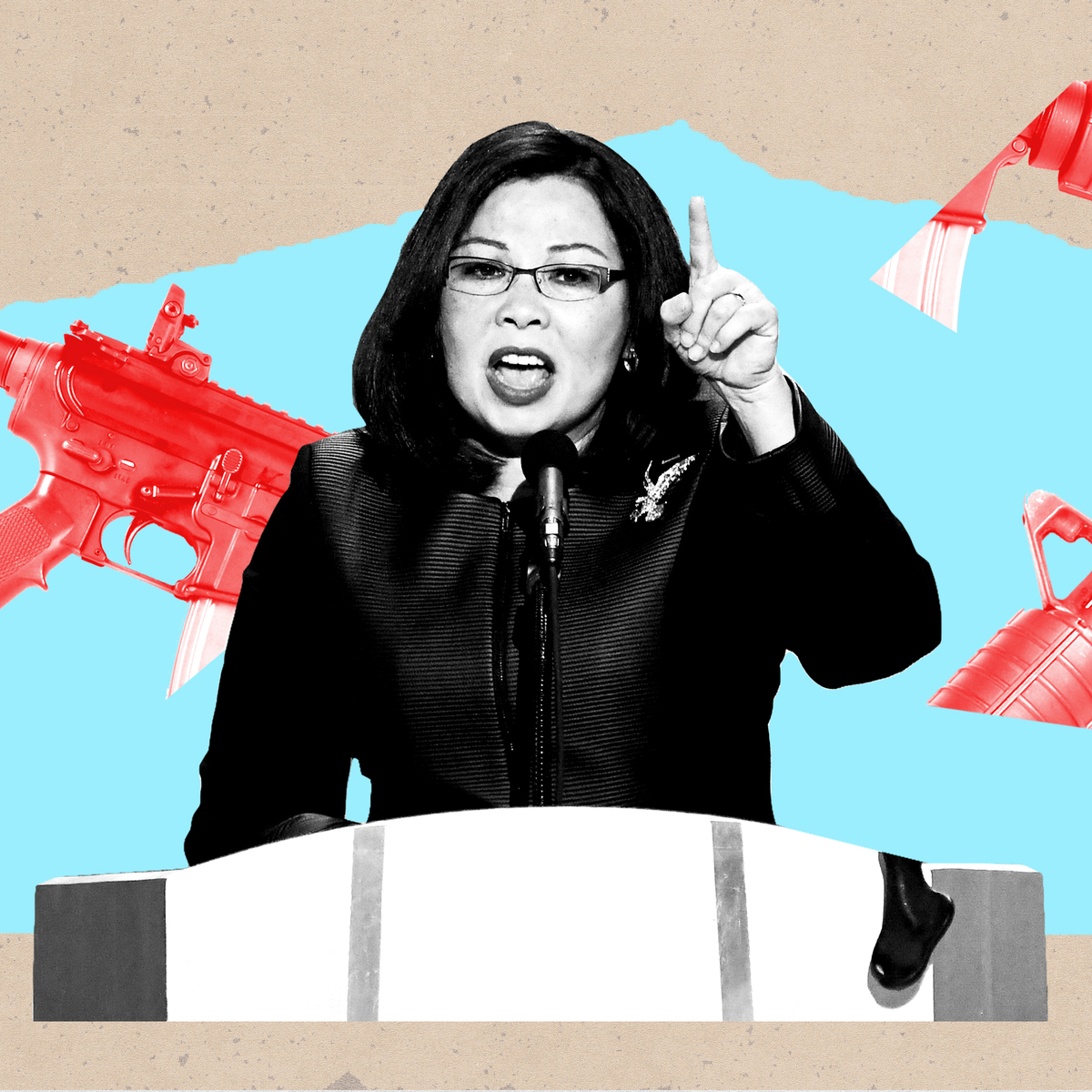 Tammy Duckworth: 'I’m Mad as Hell' About the Lack of Federal Action on Gun Safety
Tammy Duckworth: 'I’m Mad as Hell' About the Lack of Federal Action on Gun SafetyThe Illinois Senator won't let the memory of the Highland Park shooting just fade away.
By Sen. Tammy Duckworth Published
-
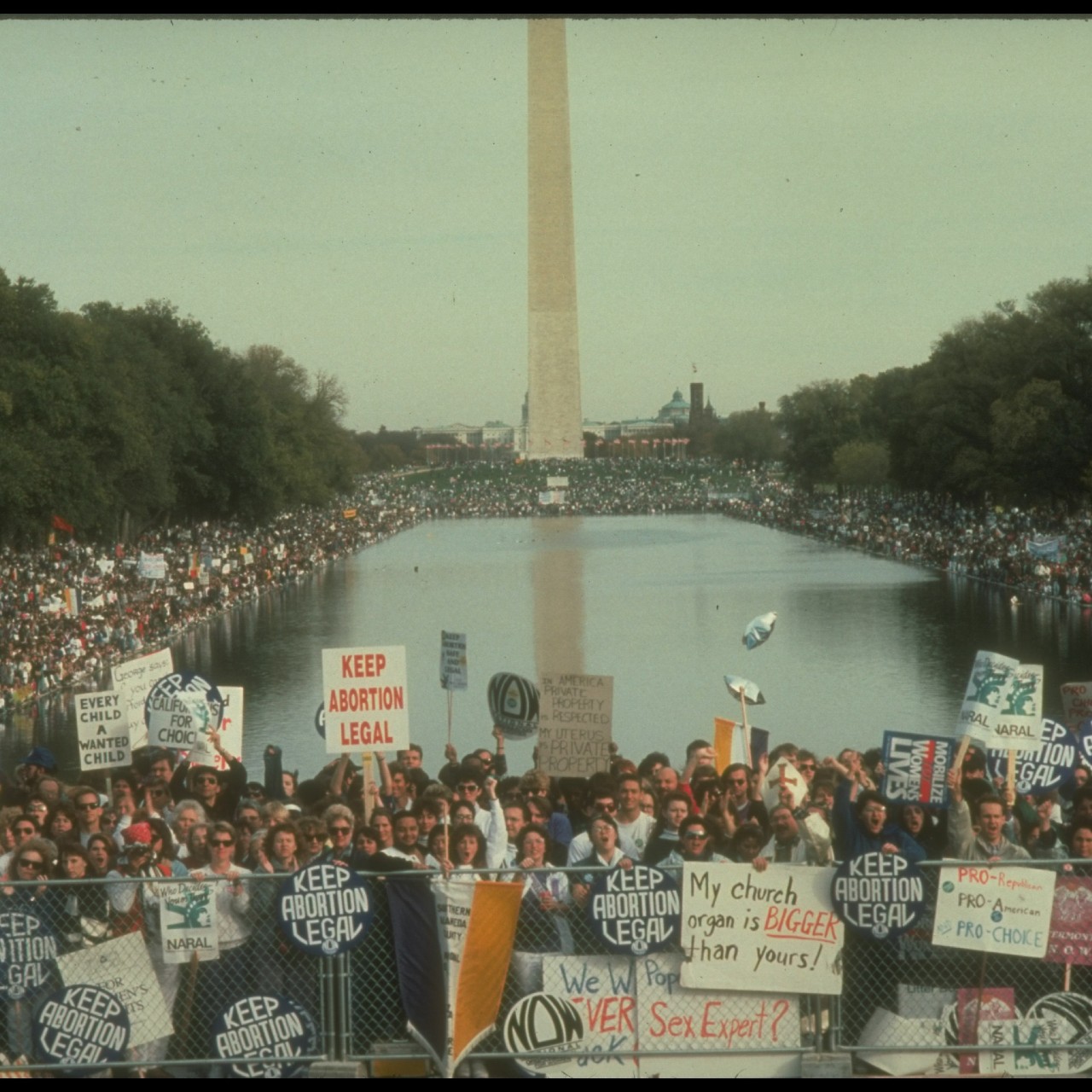 Roe Is Gone. We Have to Keep Fighting.
Roe Is Gone. We Have to Keep Fighting.How To Democracy always offers a path forward even when we feel thrust into the past.
By Beth Silvers and Sarah Stewart Holland, hosts of Pantsuit Politics Podcast Published
-
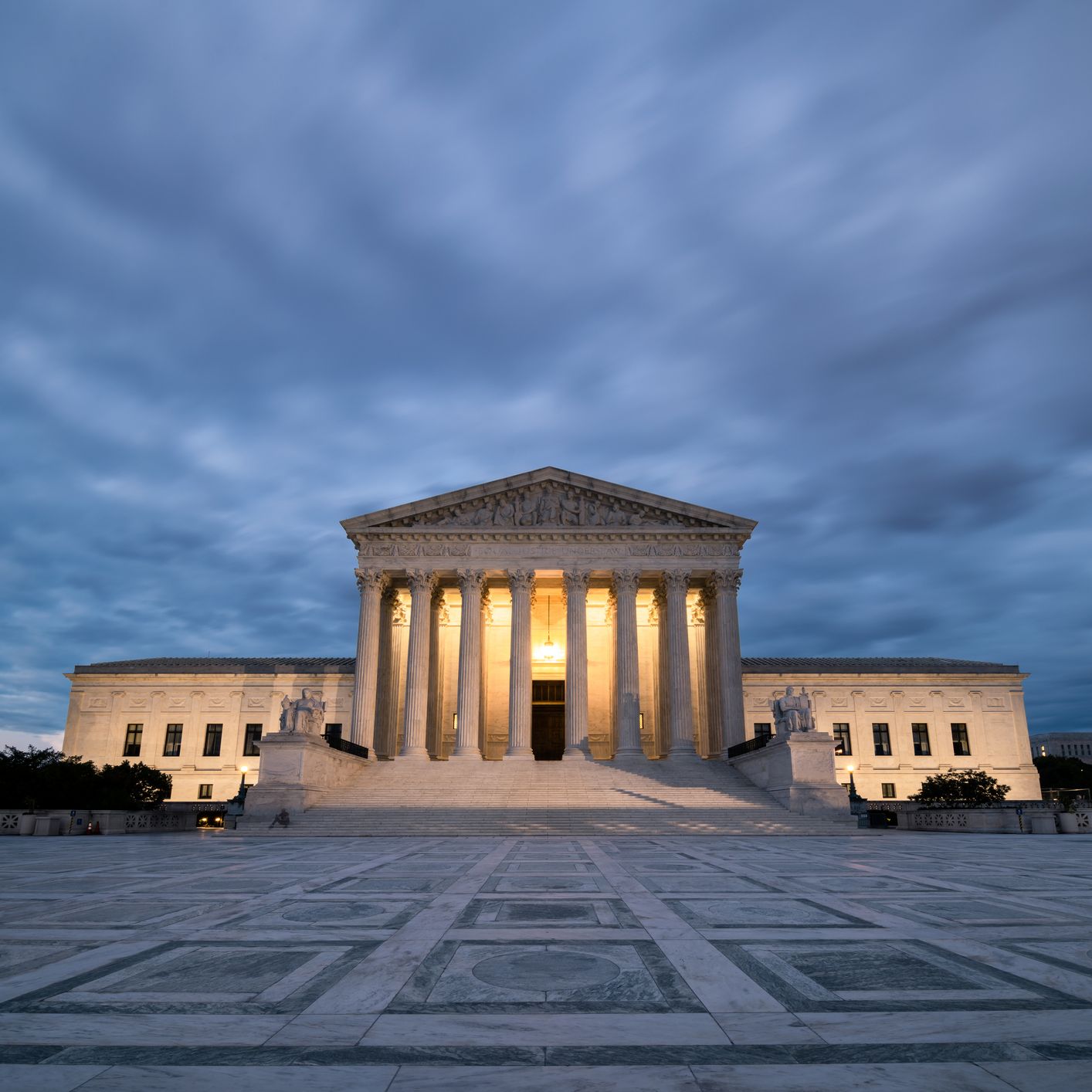 The Supreme Court's Mississippi Abortion Rights Case: What to Know
The Supreme Court's Mississippi Abortion Rights Case: What to KnowThe case could threaten Roe v. Wade.
By Megan DiTrolio Published
-
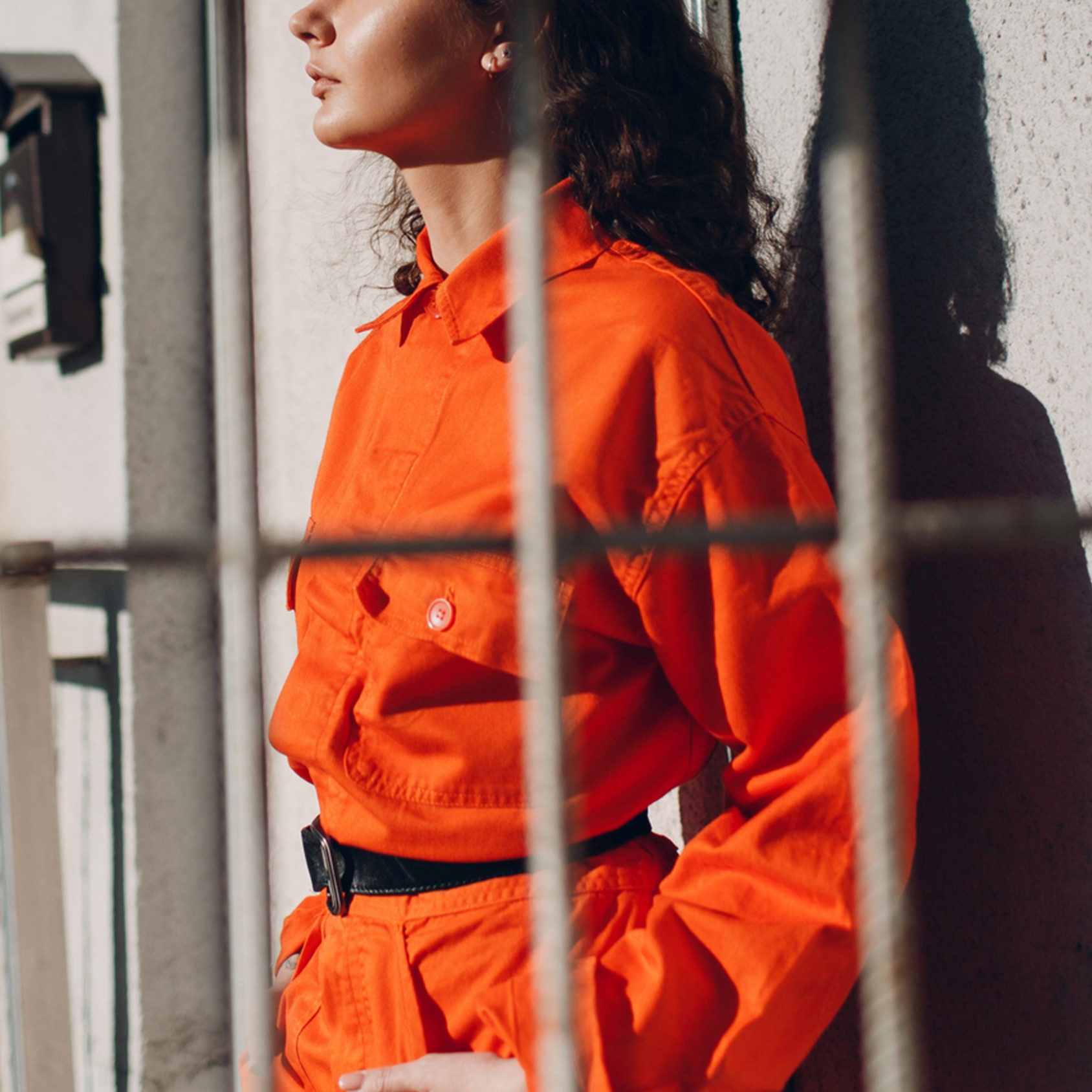 Sex Trafficking Victims Are Being Punished. A New Law Could Change That.
Sex Trafficking Victims Are Being Punished. A New Law Could Change That.Victims of sexual abuse are quietly criminalized. Sara's Law protects kids that fight back.
By Dr. Devin J. Buckley and Erin Regan Published
-
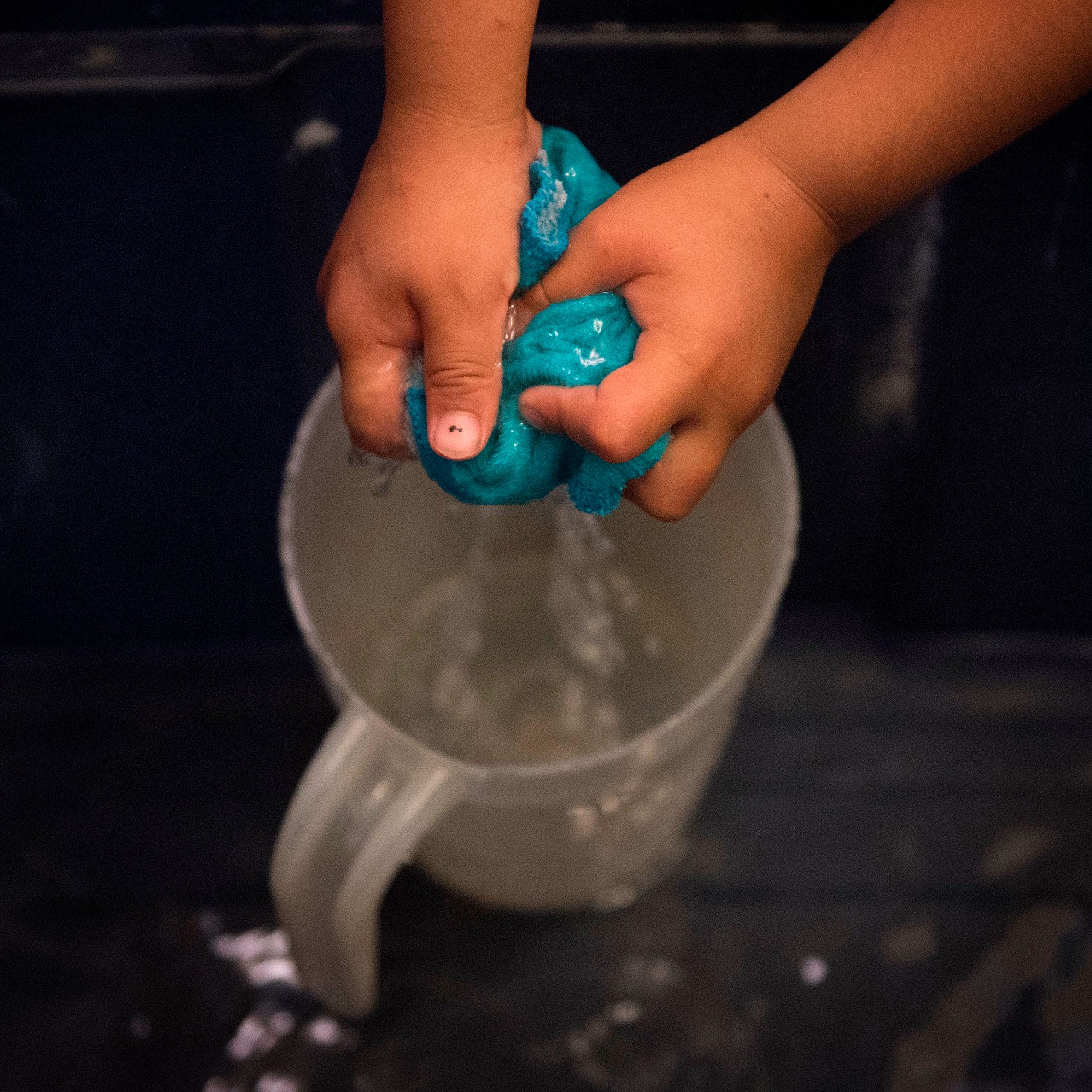 My Family and I Live in Navajo Nation. We Don't Have Access to Clean Running Water
My Family and I Live in Navajo Nation. We Don't Have Access to Clean Running Water"They say that the United States is one of the wealthiest countries in the world. Why are citizens still living with no access to clean water?"
By Amanda L. As Told To Rachel Epstein Published